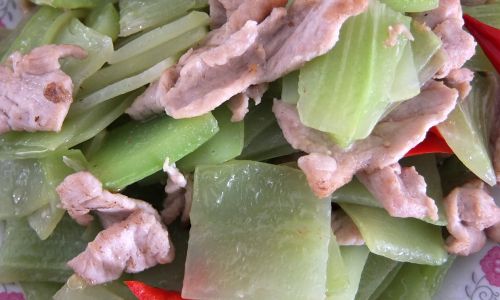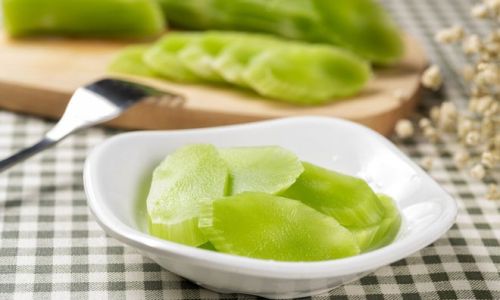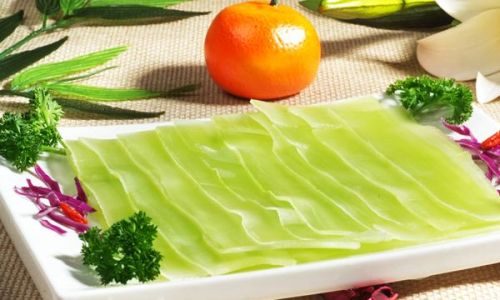Introduction: The Culinary Enchantment of Fried Eggplant
In the vast tapestry of culinary arts, fried eggplant stands as a timeless delicacy that transcends geographical boundaries. From the crispy, golden-brown exterior to the tender, flavorful interior, perfectly fried eggplant offers a sensory experience that tantalizes the taste buds and leaves a lasting impression. Whether enjoyed as a standalone dish, a side attraction, or an integral part of a larger meal, the art of frying eggplant is one that every aspiring chef should master. This guide delves into the intricacies of how to achieve that elusive perfection, ensuring your eggplant is not just edible but a culinary masterpiece.
Understanding Your Ingredients: The Heart of Good Frying
Before diving into the frying process, it’s crucial to understand the star of our dish: the eggplant. Eggplants, also known as aubergines, come in various shapes, sizes, and colors, ranging from deep purple to creamy white. The key to successful frying lies in selecting the right type of eggplant. Look for firm, glossy skin with no bruises or soft spots. Smaller, more compact varieties tend to have fewer seeds and a finer texture, making them ideal for frying.

Once you’ve chosen your eggplant, preparation is vital. Rinse it thoroughly under cold running water to remove any dirt or residue. Pat it dry using a clean kitchen towel or paper towels to ensure no excess moisture remains, as this can cause splattering during frying and affect the final texture.
The Science Behind Perfect Frying: Temperature and Oil
The success of any fried food hinges on the right combination of oil and temperature. For frying eggplant, neutral oils like canola, grapeseed, or refined peanut oil are preferred. These oils have high smoke points, meaning they can reach and maintain high temperatures without burning, which is essential for achieving a crispy exterior.
The ideal frying temperature for eggplant is between 350°F to 375°F (175°C to 190°C). This range ensures that the exterior of the eggplant caramelizes beautifully while the interior cooks evenly without becoming soggy. A deep fryer with a temperature control is invaluable, but a heavy-bottomed pot or skillet can also be used. Always use a thermometer to monitor the oil temperature accurately.
Preparing the Eggplant: From Slicing to Seasoning
Before frying, the eggplant needs to be sliced into uniform pieces. This not only ensures even cooking but also aids in achieving a consistent texture and appearance. Depending on your recipe, you can slice the eggplant into rounds, sticks, or even cubes. Aim for pieces that are approximately 1/4 to 1/2 inch thick to balance crispiness and cooking time.
To prevent the eggplant from absorbing too much oil and becoming greasy, it’s essential to draw out excess moisture. This can be done through salting. Sprinkle the sliced eggplant with coarse salt and let it sit for about 30 minutes. The salt will draw out moisture, which you can then blot away using paper towels. Alternatively, you can lightly dust the slices with cornstarch or flour, shaking off any excess, to create a barrier between the eggplant and the oil.
Seasoning is the next step. While simple salt and pepper can suffice, you can elevate your fried eggplant by incorporating herbs, spices, or even a light coating of breadcrumbs or panko for added crunch. Garlic powder, paprika, and a hint of cayenne pepper can add depth and complexity to your dish.

The Frying Technique: From Start to Finish
Now, it’s time to fry. Preheat your oil to the desired temperature. Ensure the oil is deep enough to fully submerge the eggplant pieces without overcrowding the pot or skillet. Overcrowding will lower the oil temperature, leading to soggy, greasy results.
Working in batches, carefully lower the seasoned eggplant slices into the hot oil using a slotted spoon or tongs. Avoid dropping them in, as this can cause splattering. Fry for about 2-3 minutes per side, or until they are golden brown and crispy. Use a thermometer to maintain the oil temperature within the optimal range, and adjust the heat as necessary.
Once done, remove the eggplant pieces with a slotted spoon and let them drain on a wire rack or paper towels to remove any excess oil. This step is crucial for achieving that light, crispy texture.
Enhancing Flavor: Beyond Basic Frying
While plain fried eggplant is delicious, there are numerous ways to elevate its flavor profile. One popular method is to incorporate a batter or breading. A simple batter made from flour, water, and a pinch of salt can be used to coat the eggplant slices before frying, providing a light, airy crust. For a gluten-free option, you can use almond flour or a blend of rice and tapioca flours.
Another technique is to double-fry the eggplant. After an initial fry to cook the eggplant through, let it cool slightly and then fry it again at a slightly higher temperature for a few seconds. This extra step ensures an even crispier exterior.
Sauces and dips can also transform fried eggplant into a gourmet experience. A classic remoulade, a tangy blend of mayonnaise, mustard, pickles, and herbs, pairs beautifully. Alternatively, a zesty lemon-tahini dressing or a spicy tomato-based sauce can add a burst of flavor.

Serving Suggestions: Making Fried Eggplant the Star
Fried eggplant is versatile and can be served in numerous ways. It can be a standalone appetizer, accompanied by a light salad or a dollop of yogurt. For a heartier meal, serve it as a side dish alongside grilled meats, roasted vegetables, or a hearty grain like quinoa or farro.
For a more elaborate presentation, consider layering fried eggplant slices with tomatoes, mozzarella, and basil, then drizzling with a balsamic glaze for a caprese-inspired dish. Alternatively, stack them into a sandwich with hummus, roasted red peppers, and fresh arugula for a vegetarian delight.
Conclusion: The Culmination of Craftsmanship
Mastering the art of frying delicious eggplant is a journey that combines science, technique, and creativity. By understanding your ingredients, controlling the frying environment, and experimenting with seasoning and presentation, you can transform this humble vegetable into a culinary masterpiece. Remember, the key to success lies in attention to detail, patience, and a willingness to experiment. With each batch, you’ll hone your skills, developing a deeper understanding of what makes fried eggplant truly irresistible.
So, the next time you stand before a pot of bubbling oil and a tray of sliced eggplant, remember that you’re not just frying vegetables; you’re crafting a culinary experience that promises to delight and surprise. Happy frying!
This comprehensive guide not only covers the basics of frying eggplant but also delves into advanced techniques, seasoning ideas, and serving suggestions, ensuring that your journey to mastering this culinary art is both informative and inspiring.






0 comments